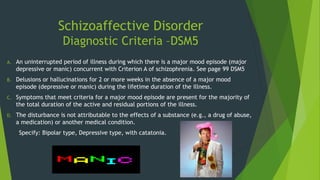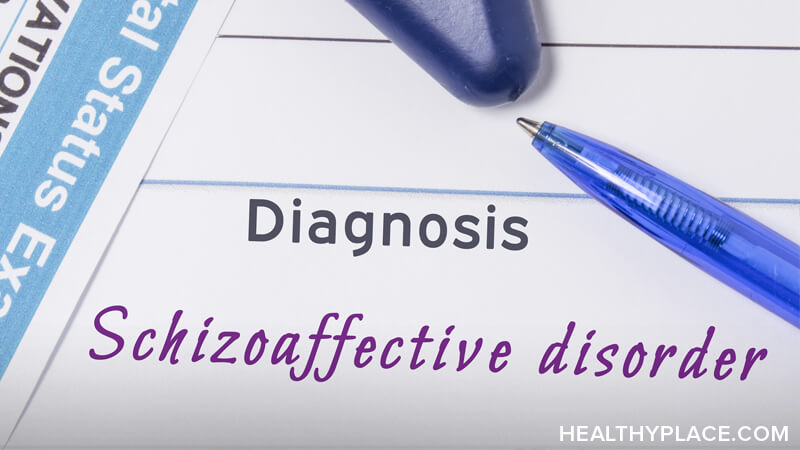

Early detection allows intervention earlier in the development of psychosis and in so doing identifies mostly young persons who merit clinical attention for psychopathology and impaired function with the hope of prevention of full psychosis.Īlthough individuals with a defined attenuated psychosis syndrome are about 500 times more likely than the general population to have a psychotic disorder in the next year, the vast majority of such individuals do not develop schizophrenia. Treatment is more effective in early phases (first-episode psychosis), and shortening the duration of untreated psychosis improves outcome. A prodromal phase prior to full psychosis has long been described for schizophrenia, and this has been the basis for clinical high-risk research internationally. The dimensional assessments in Section 3 are a direct approach to clinical heterogeneity and are useful in providing measurement-based treatment.Įarly detection and intervention is a goal throughout medicine. The subtypes have almost disappeared in the research literature, since they were not effective in reducing the heterogeneity of schizophrenia. 3,4 This change has relatively little clinical impact because subtypes are rarely utilized in most mental health care systems across the world. 2Ī related change in DSM-5 is the elimination of the classic subtypes of schizophrenia because of their limited diagnostic stability, low reliability, poor validity, and little clinical utility. As a simple rating scale, it encourages clinicians to assess and track changes in the severity of these dimensions in each patient with schizophrenia and use this information to individualize measurement-based treatment. Measurement of the severity of symptoms throughout the illness can provide useful information about the nature of the illness in a particular patient and can aid in assessing the specific impact of treatment.

To facilitate deconstructing syndromes into symptom dimensions, Section 3 provides a 5-point scale for each of the Criteria A symptoms (delusions, hallucinations, negative symptoms, disorganization, psychomotor) and for cognitive impairment, depression, and mania. Individualized treatment depends on identifying which aspects of pathology are present. The 5 characteristic (Criteria A) symptoms vary among patients as does symptom severity within each syndrome at different stages of illness. Schizophrenia and other psychotic disorders are characterized by several psychopathological domains, each with distinctive courses, patterns of treatment-response, and prognostic implications.

In this article, we discuss the implications of these changes for clinical practice. The latter is a condition for further study in Section 3. Relevant revisions in DSM-5 eliminate the classic subtypes of schizophrenia and add unique psychopathological dimensions, as well as a scale to measure each of these dimensions across all psychotic disorders provide a more precise definition of the boundary between schizophrenia and schizoaffective disorder and add a new category-attenuated psychosis syndrome. Inadequate classification for early detection of potential psychoses The limited role and validity of schizophrenia subtypesĦ. Variable definitions and discrepant treatment of catatonia across disorders in DSM-IVĥ. Poor reliability and low diagnostic stability of schizoaffective disorderĤ. Treatment of schizoaffective disorder as an episode diagnosis with unclear separation from schizophreniaģ. Inadequate presentation of the heterogeneity of clinical syndromesĢ. With specific reference to revisions from DSM-IV to DSM-5, the changes in the section on schizophrenia spectrum and other psychotic disorders were made to address:ġ. Major systems of classifying psychiatric disorders are revised to incorporate new knowledge and enhance clinical utility.


 0 kommentar(er)
0 kommentar(er)
